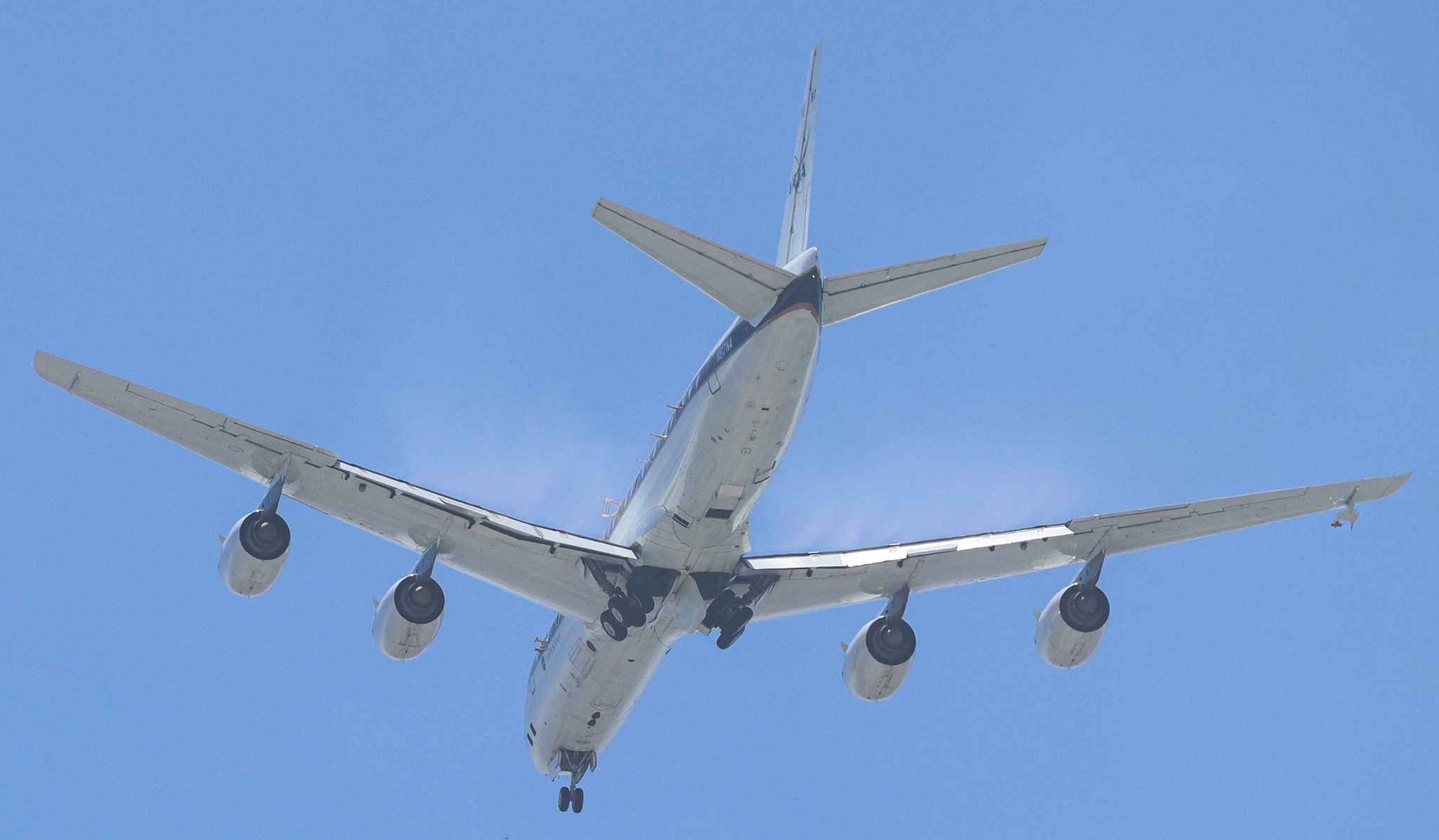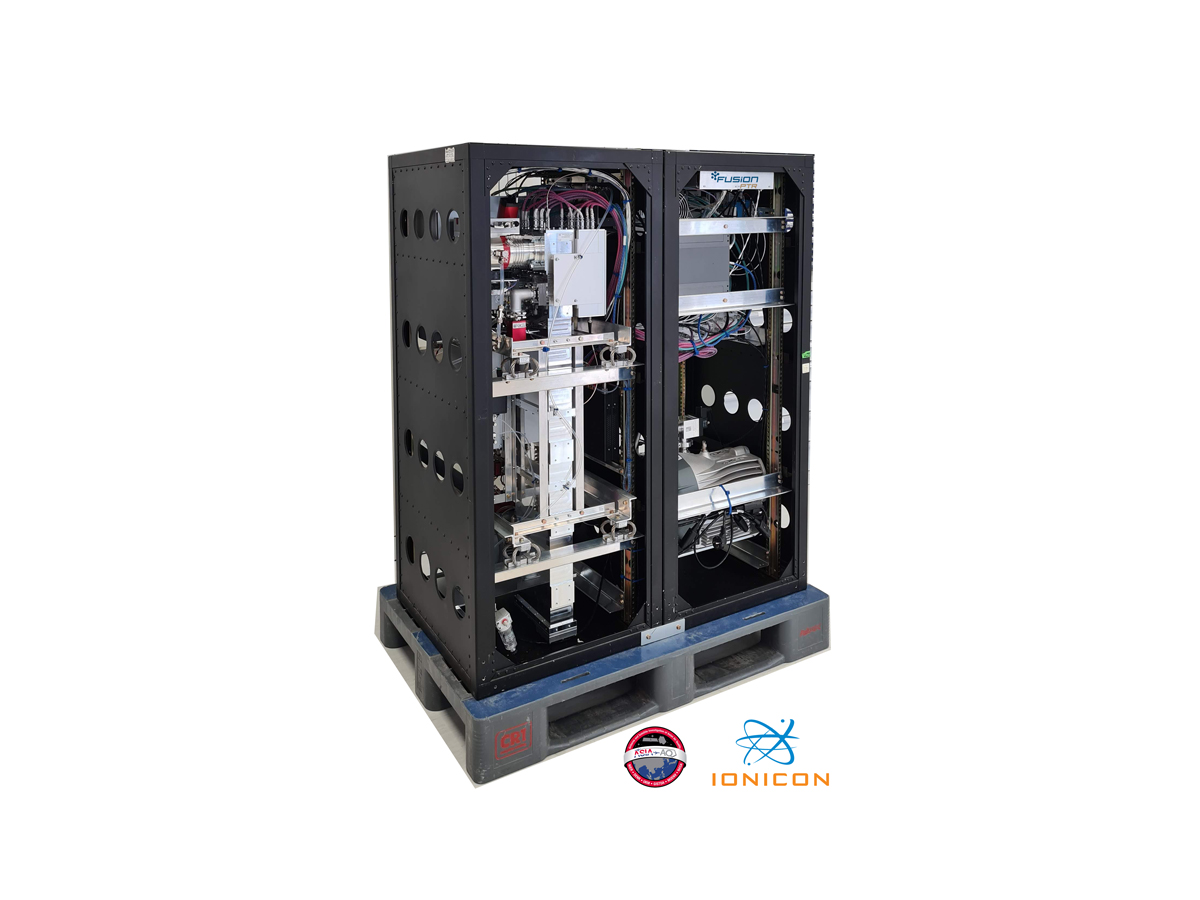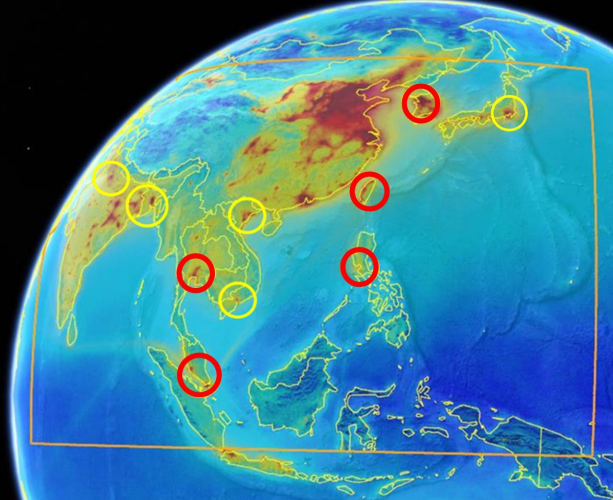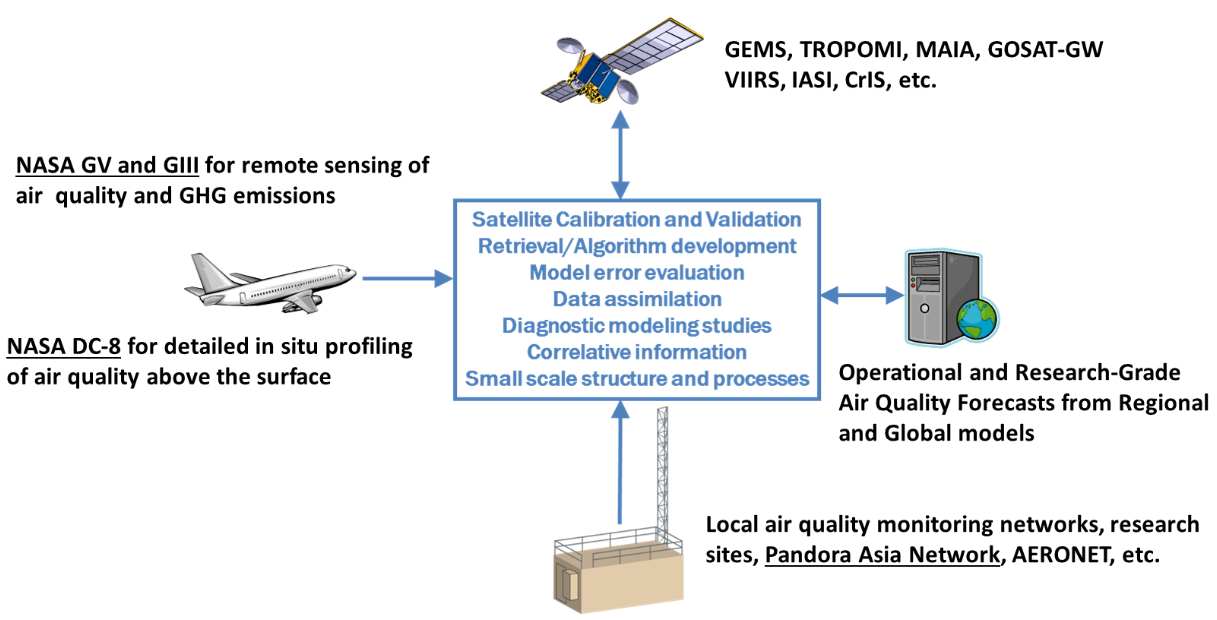NASA's DC-8 Arrives In Clark
3 February 2024
A NASA DC-8’ plane (N817NA) researching Air Quality Issues in Asia Pacific has landed in Clark yesterday after leaving its home port in Armstrong Flight Research Center in Edwards, California via Honolulu and Guam under its ASIA-AQ campaign .
ASIA-AQ is Airborne and Satellite Investigation of Asian Air Quality across interested Asian countries and will fly over the Philippines, South Korea, Malaysia, Thailand and Taiwan.
The transpacific testbed was installed with the the most recent technologies with a brand new and fully integrated CHARON particle inlet aboard a FUSION PTR-TOF instrument as it seeks to determine air quality issues in Asia Pacific.
ASIA-AQ will contribute to improving the integration of satellite observations with existing air quality ground monitoring and modeling efforts across Asia.
Satellite air quality observations are evolving with new capabilities from South Korea’s Geostationary Environment Monitoring Spectrometer (GEMS) to the Philippines Micro satellite.
Traditional satellite measurements from low earth orbit (LEO) are only available once per day. GEMS measures hourly to provide a new view of air quality conditions from space that both complements and depends upon ground-based monitoring efforts of countries in its field of view.
Observing domain for GEMS (orange box) and candidate locations for airborne sampling during ASIA-AQ. Yellow circles indicate the original areas of interest and engagement, while red circles indicate the locations still under negotiation for flight sampling.
The overlaid colormap shows annual average nitrogen dioxide (NO2) concentrations observed by the TROPOMI satellite with red colors indicating the most polluted locations. Candidate location include: Seoul, South Korea; Tokyo, Japan; Taiwan; Manila, Philippines; Hanoi and Ho Chi Minh City, Vietnam; Bangkok, Thailand; Kuala Lumpur, Malaysia; Singapore; Dhaka, Bangladesh and Kolkata, India, and Delhi, India.




No comments:
Post a Comment